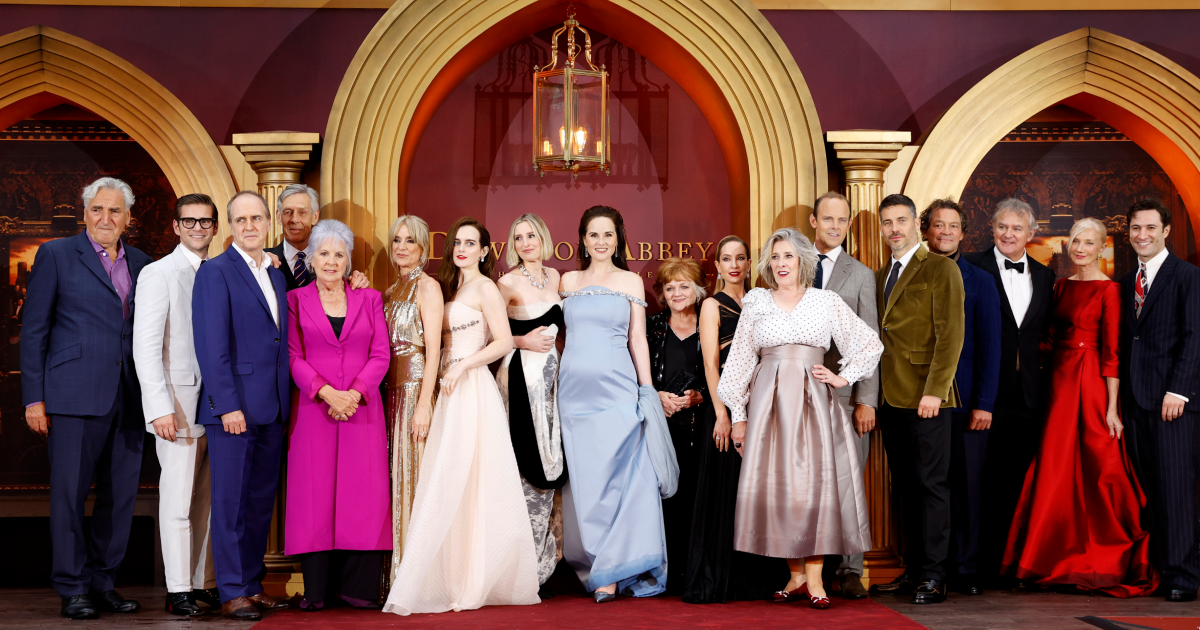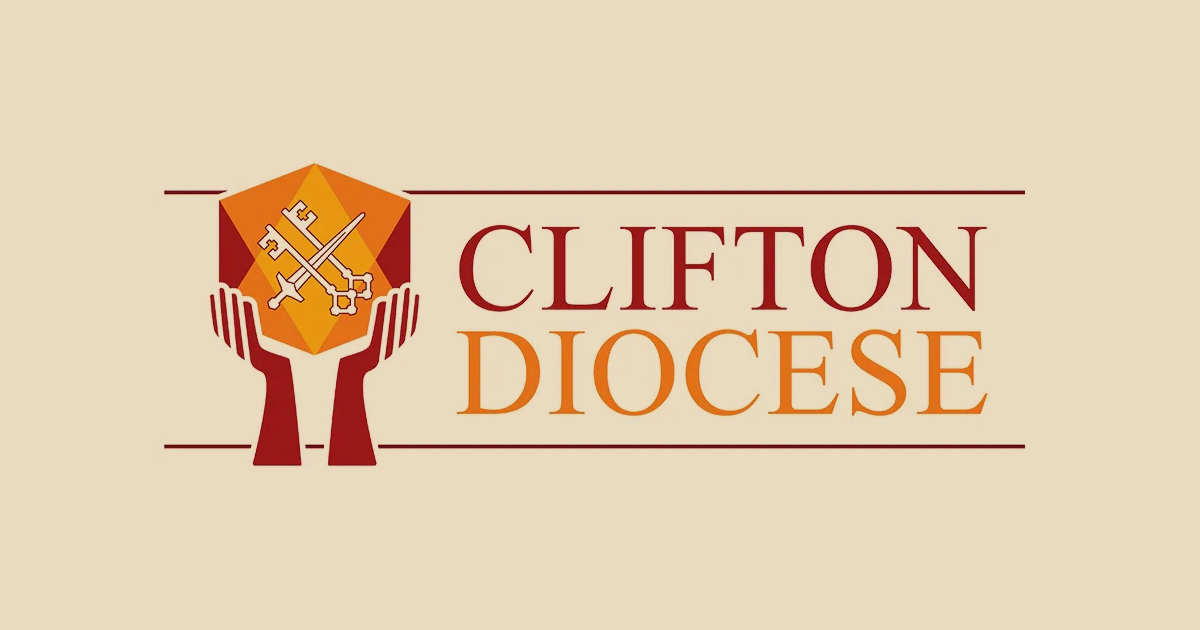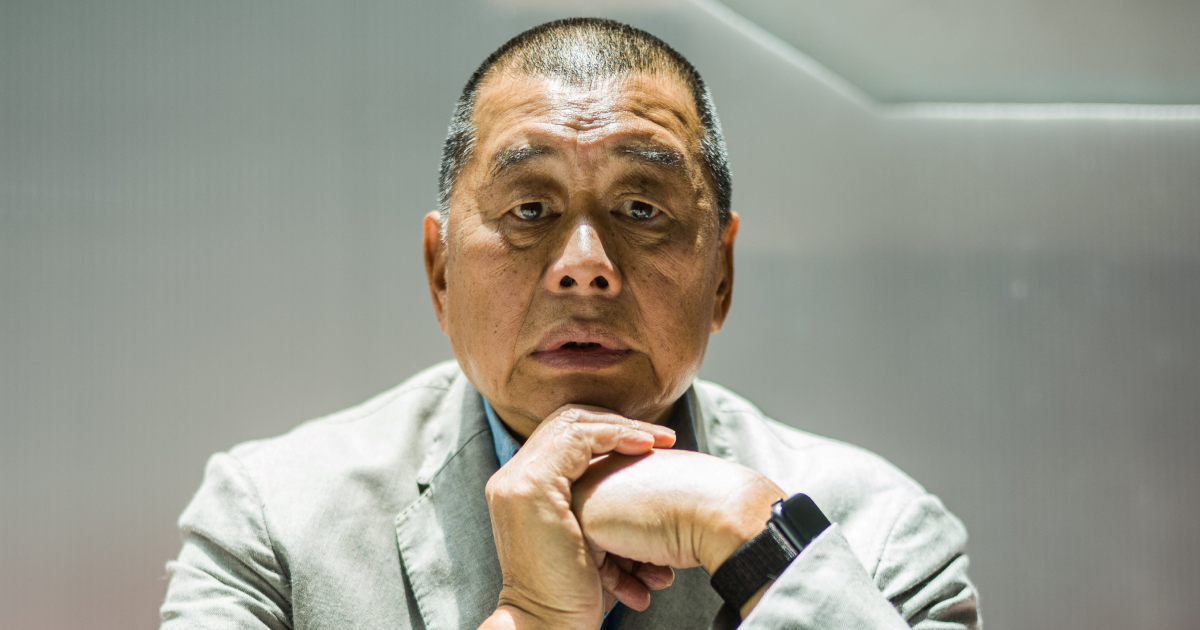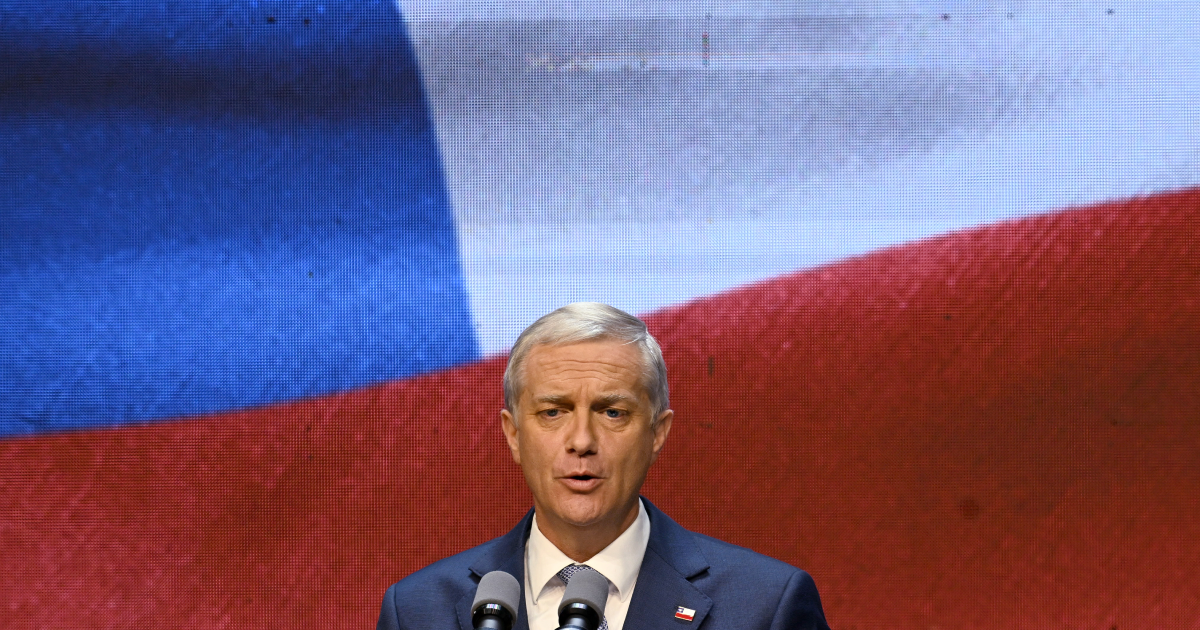Six seasons, three feature films and a whole 15 years later, it's finally the end of Downton Abbey. The year is 1930 and Lady Petersfield, played in full matriarch mode by Joely Richardson, is hosting a huge party in her London palazzo to which the Crawley clan have been invited.
Except—hang on—Lady Mary has just received her decree nisi from her second husband, the racing driver Henry Talbot, and is therefore, shock, horror, a divorced woman in a world in which divorce is still taboo. Lady Petersfield only hears the news once the Crawleys have arrived and, hilariously, forces Lady Mary and her parents to hide under the stairs so as not to shock the Duke and Duchess of Connaught who are incoming.
Mary’s parents, played by Hugh Bonneville and Elizabeth McGovern, the Earl and Countess of Grantham, are outraged at Lady Petersfield’s behaviour, but Lady Mary (Michelle Dockery) is resigned to her fate. She insists her parents stay on and gets a taxi home to Grantham House in St James’s Square, commenting wearily that the cabbie probably won’t mind a divorced woman in the back of his cab.
Once safely back at Downton, the family faces another bombshell: Lady Grantham is awaiting her much-needed inheritance following the death of her mother in New York, but although the family fortune survived mostly intact following the 1928 US financial crash, her visiting brother Harold (Paul Giamatti) informs her that, due to factors beyond his control, a lot of the estate has been lost.
Harold brings with him the handsome, rather louche Gus Sambrook (Alessandro Nivola) who, having already swindled the unsuspecting Harold of much of his mother’s money, sets about purloining the remainder—but not before he’s added a notch to his bedpost in the shape of the broken-hearted Lady Mary, whom he sleeps with the night they meet.
The viewer knows at once that Mr Sambrook is an utter rotter, but Harold and the Crawleys are rather slow on the uptake about what an absolute swine he is. A plan is hatched by Lady Sybil, now the Marchioness of Hexham, to rehabilitate her elder sister socially at Downton by inviting Noël Coward to dinner, rather as Ivor Novello was asked to dinner in Julian Fellowes’ earlier film Gosford Park. This sets everything aflutter below stairs and above, and electrifies the county—which is Lady Sybil’s aim.
The themes of impending (although relative) penury for the Grantham family and social ostracism for Lady Mary give the writer, Fellowes, carte blanche to hammer home to the viewer that his cosy, charming but archaic world of toffs and servants is about to change in big ways and small. Grantham House, the family palace in London, is to be put up for sale, much as Marchers was in Brideshead, and the Granthams are going to move into—quelle horreur—a flat, albeit a pretty grand one in Albert Hall Mansions.
Lord Grantham laments the “strangers” living above and below, but he ought to be used to the idea of servants in the basement and the attic, as that’s how he’s always lived. Still, we take the point: it’s life on one level only, and not the hereditary beehive with him and his wife at the centre.
The other great change is that Lady Mary, in spite of being divorced, is going to take over at Downton. Everyone seems to back her, and she is spoken of as a worthy successor to Maggie Smith, whose dreadfully kitsch portrait is now centre-stage in the hall at Downton as a reminder of other days.
Lady Mary has done some really very silly things, not least getting drunk and going to bed with Mr Sambrook at the beginning of the film, so one has to hope she’s up to the task.
In its original form as a series for TV, Downton Abbey riveted the nation on Sunday nights. The slow serial form allowed the delicate balance of upstairs–downstairs drama to thrive, so that small conflicts—such as who might inherit, or whether a servant’s job was secure—were illuminated by excellent writing and careful pacing.
A film, particularly one billing itself as a grand finale, can never hope to recapture such delicacy. There’s a frantic feeling that everyone, both above and below stairs, must have their futures sorted in too short a time. Downton Abbey: The Grand Finale does its best to be the story’s crowning achievement, tying its themes together and giving faithful viewers a reason to join in the fun one last time.
Lord Grantham sums it all up with a whacking cliché: “So this is how the world ends, not with a bang but a whimper.” And yes, it is a bit of a whimper, with the sentimental montage at the end resembling a Boden promotional video, but the sumptuous settings, the familiar cast of characters, and the melancholy sense of an ending brought a crocodile tear to my cheek as I waved off old friends for a final time.












.png)



